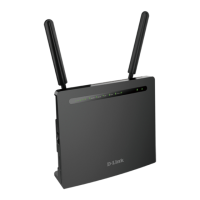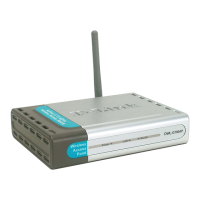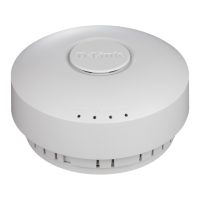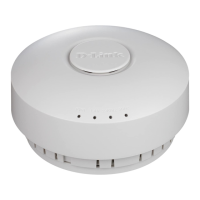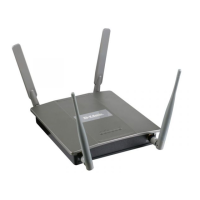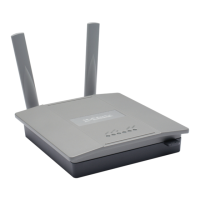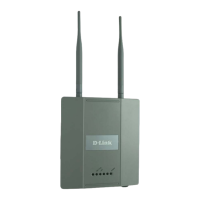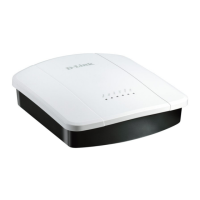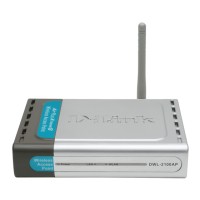IP Access Control List (ACL) Commands 249
5 Quality of Service (QoS) Commands
show mac access-lists
This command displays a MAC access list and all of the rules that are defined for the MAC
ACL. Use the
[name] parameter to identify a specific MAC ACL to display.
Format
show mac access-lists [name]
Mode Privileged EXEC
Rule Number The ordered rule number identifier defined within the MAC ACL.
Action The action associated with each rule. The possible values are Permit or Deny.
Source MAC Address The source MAC address for this rule.
Destination MAC Address The destination MAC address for this rule.
Ethertype The Ethertype keyword or custom value for this rule.
VLAN ID The VLAN identifier value or range for this rule.
COS The COS (802.1p) value for this rule.
Log Displays when you enable logging for the rule.
Assign Queue The queue identifier to which packets matching this rule are assigned.
IP Access Control List (ACL) Commands
This section describes the commands you use to configure IP ACL settings. IP ACLs ensure
that only authorized users have access to specific resources and block any unwarranted
attempts to reach network resources.
The following rules apply to IP ACLs:
• D-Link Unified Wired/Wireless Access System software does not support IP ACL config-
uration for IP packet fragments.
• The maximum number of ACLs you can create is 100, regardless of type.
• The maximum number of rules per IP ACL is hardware dependent.
• On current platforms, if you configure a MAC ACL on an interface, you cannot configure
an IP ACL on the same interface.
• Wildcard masking for ACLs operates differently from a subnet mask. A wildcard mask is
in essence the inverse of a subnet mask. With a subnet mask, the mask has ones (1's) in the
bit positions that are used for the network address, and has zeros (0's) for the bit positions
that are not used. In contrast, a wildcard mask has (0’s) in a bit position that must be
checked. A ‘1’ in a bit position of the ACL mask indicates the corresponding bit can be
ignored.
access-list
This command creates an IP Access Control List (ACL) that is identified by the access list
number, which is 1-99 for standard ACLs or 100-199 for extended ACLs
. Table 10 describes
the parameters for the
access-list command.
IP Standard ACL:

